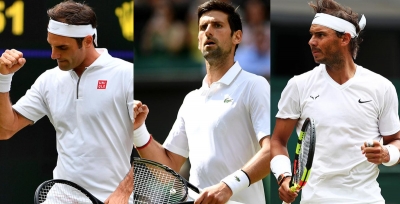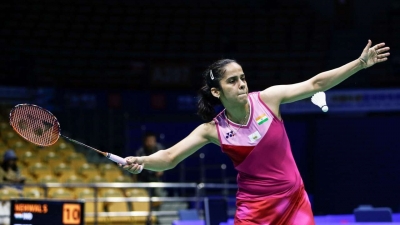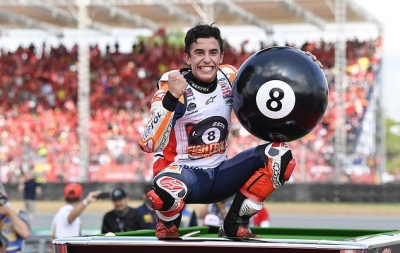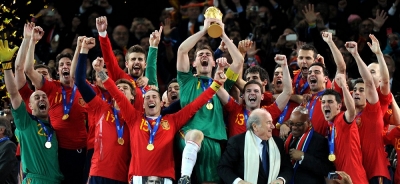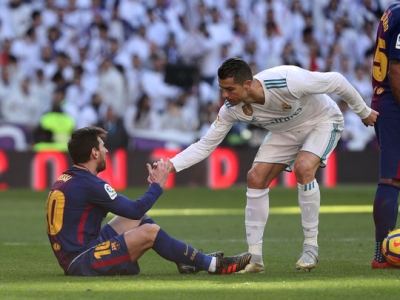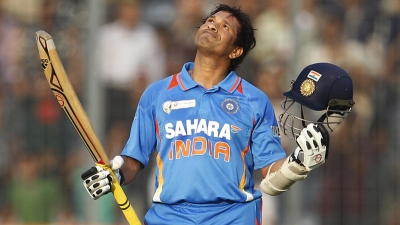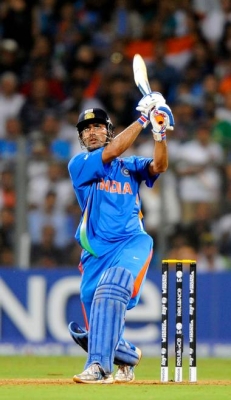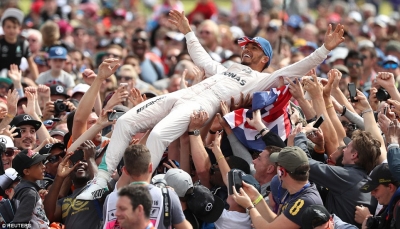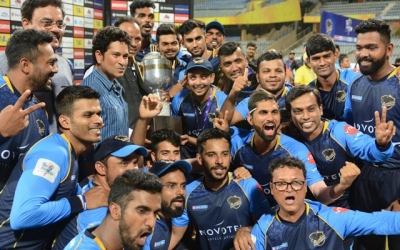
The Ancient Greeks held sporting contests over 2000 years ago. In 1896, a Frenchman called Baron Pierre de Coubertin prompted the revival of the Olympic Games. The first modern Olympics were held in Athens, Greece, in honour of their origin. Since then they have been held every four years, except in wartime, in cities all over the globe.
The Olympic flame is a symbol of the Olympic spirit of striving to do one’s best. Before each Olympic Games, a series of runners carries the flame from Greece to the site of the Games, where it is used to light the main flame at the opening ceremony.
The original Olympics were always held at Olympia. Almost every modern Olympiad is celebrated in or near a different city of the world. The earlier Games were open only to Greek citizens and athletes from other Mediterranean countries. The modern Games encourage all nations to compete. A person may enter if his or her country has a National Olympic Committee (NOC) that is recognized by the International Olympic Committee. Events for women have become a major interest in the modern Games, and the winners receive honors equal to those given the male winners.
The ancient Greeks furthered culture by giving honors for cultural achievements at the Olympic Games. The modern Olympics hold an arts festival, where the culture of the host country is showcased in various art forms.
Footraces, jumping, discus and javelin throwing, boxing, wrestling, and some other events were carried over from the original Olympic Games. But such present Olympic contests as cycling, canoeing and sailing, football (soccer), basketball, judo, rifle shooting, and water polo were unknown in early times. The modern pentathlon tests an athlete's all-around ability in swimming (300-meter freestyle), cross-country running (4,000 meters), fencing with the horse show jumping, and shooting with a target pistol at 10 meters.
One of the most grueling events of the modern Olympics is the marathon. This footrace over a distance of 26 miles, 385 yards (42.195 kilometers) is a supreme test of the runners' endurance. The marathon was not run at Olympia, but it has its origin in ancient Greece. In 490 B.C. the Athenians defeated an army of invading Persians at Marathon, which is northeast of Athens. From there, Pheidippides, a champion runner in the Olympic Games, carried the news of victory to the people of Athens. To do this he had to run a great distance. Once he reached Athens and gasped out his news of victory, he died. It is in his honor that the marathon race is run.
In 1924, the Winter Games became a new feature of the modern Olympics. Such cold-weather sports as pair and figure skating, ice hockey, bobsledding, and the biathlon (rifle shooting on a cross-country ski course) could never have developed in the warm climate of Greece (although figure and pair skating and ice hockey had been included in previous modern Games). Until 1992, the Winter Games were held in the same year as the Summer Games. Beginning in 1994, the winter and Summer Games were held two years apart, on separate four-year cycles.
